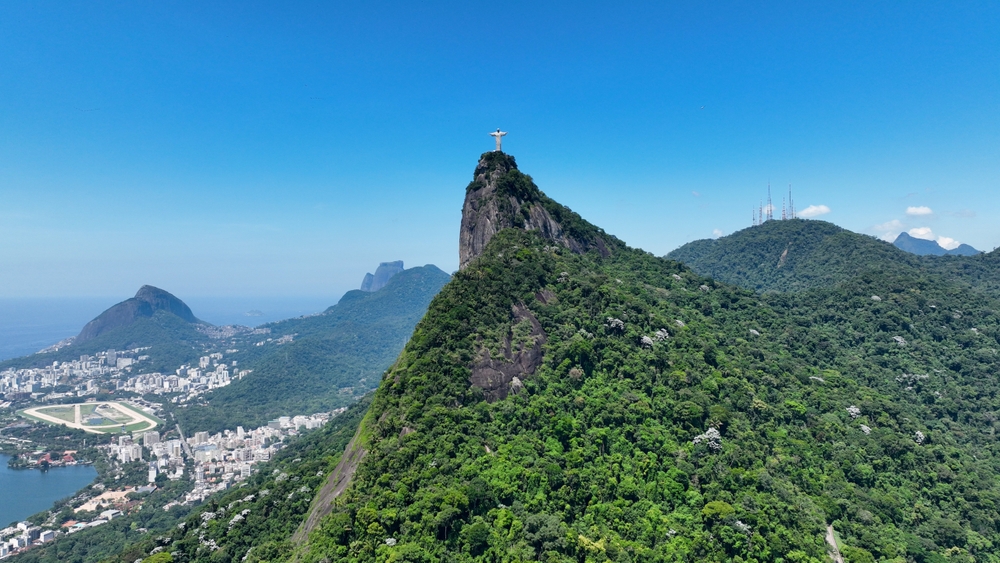Pacaás Novos Overview
Pacaás Novos National Park, known locally as Parque Nacional de Pacaás Novos, is a vast and ecologically rich protected area located in the state of Rondônia, in the northwestern part of Brazil.
Encompassing approximately 2,289 square miles, or around 5,928 square kilometers, this national park is one of the largest conservation units in the western Amazon. It was established in 1979 and lies within a transitional zone between the Amazon Rainforest and the Brazilian Cerrado, making it uniquely biodiverse and geologically diverse.
The terrain of Pacaás Novos is a dramatic mix of rugged highlands, deep valleys, dense forest, and expansive river systems. One of its most prominent features is the Serra dos Pacaás Novos, a mountainous escarpment that reaches elevations of over 3,600 feet (about 1,100 meters), offering panoramic views of the surrounding rainforest.
These highlands are often shrouded in mist, lending an almost mythical quality to the park’s atmosphere. The park is also the source of numerous rivers, including the Pacaás Novos River and the Ouro Preto River, which wind through the thick rainforest and contribute to the park’s abundant water resources.
The vegetation is richly varied, with dense Amazonian rainforest covering much of the lower regions and montane forest, savanna, and rocky fields occupying the higher elevations. Epiphytes, orchids, and bromeliads thrive in this humid, shaded environment.
The wildlife of Pacaás Novos National Park reflects its varied habitats and rich ecological zones. Among the mammals that may be encountered are jaguars, pumas, ocelots, and the South American tapir. The park also provides shelter to various species of monkeys, including howler monkeys and the endangered white-nosed saki.
Birdlife is equally impressive, with over 300 species recorded, including harpy eagles, toucans, and scarlet macaws. The park’s bird diversity makes it an important destination for ornithologists and birdwatching enthusiasts. The complex web of flora and fauna supports a high degree of endemism and plays a critical role in maintaining the ecological integrity of the region.
Popular features of the park include its scenic hiking trails that lead to waterfalls, observation points atop the Serra dos Pacaás Novos, and stretches of untouched rainforest that feel truly remote.
While infrastructure remains minimal due to conservation efforts and the park’s remoteness, adventurous travelers and researchers are drawn to its pristine conditions and the chance to study or witness a part of the Amazon still relatively undisturbed by human development.
Visitors can experience Pacaás Novos through regulated ecotourism activities, guided hikes, river excursions, and birdwatching tours. Scientific research is also a significant focus within the park, with many biologists studying its rare and endemic species.
Access to the park often begins in the nearby city of Guajará-Mirim, from where guided trips can be arranged, though the terrain and logistics require a spirit of adventure.
Conservation efforts have seen mixed success. While the park was created to protect an ecotonal region of immense biodiversity, illegal logging, land grabbing, and pressures from expanding agriculture still pose significant threats.
However, ongoing partnerships between government agencies and environmental organizations have led to increased monitoring and the promotion of sustainable tourism. Pacaás Novos stands as both a sanctuary of natural beauty and a frontier of Brazil’s conservation challenges and triumphs.
Park Map
Pacaás Novos National Park Highlights
Share your clicks with us
Related National Parks More Brazil

Iguaçu National Park
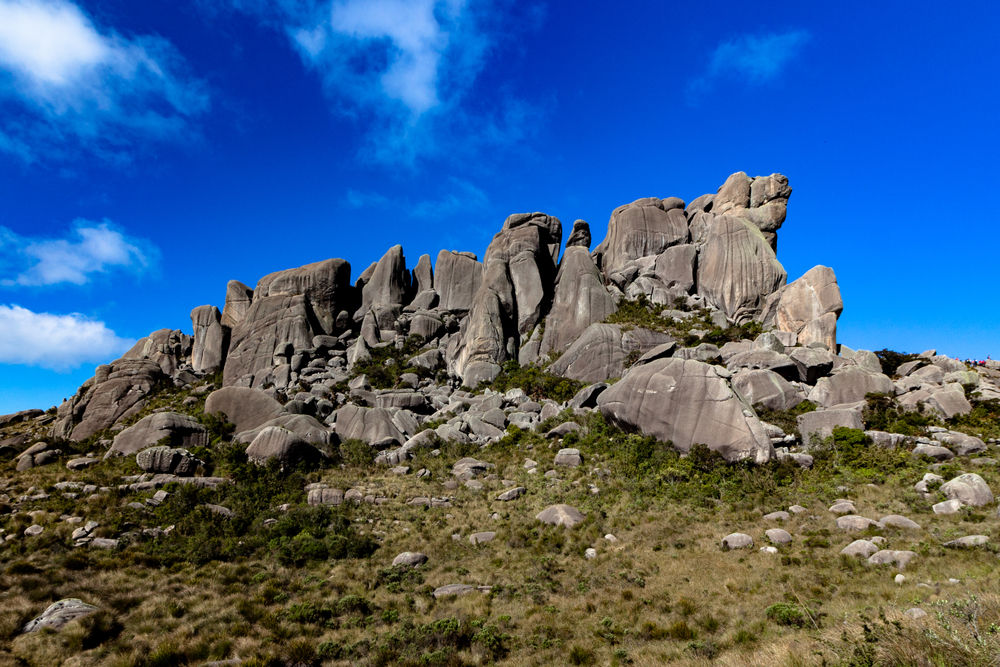
Itatiaia National Park

Jamanxim National Park

Ilhas dos Currais Marine National Park
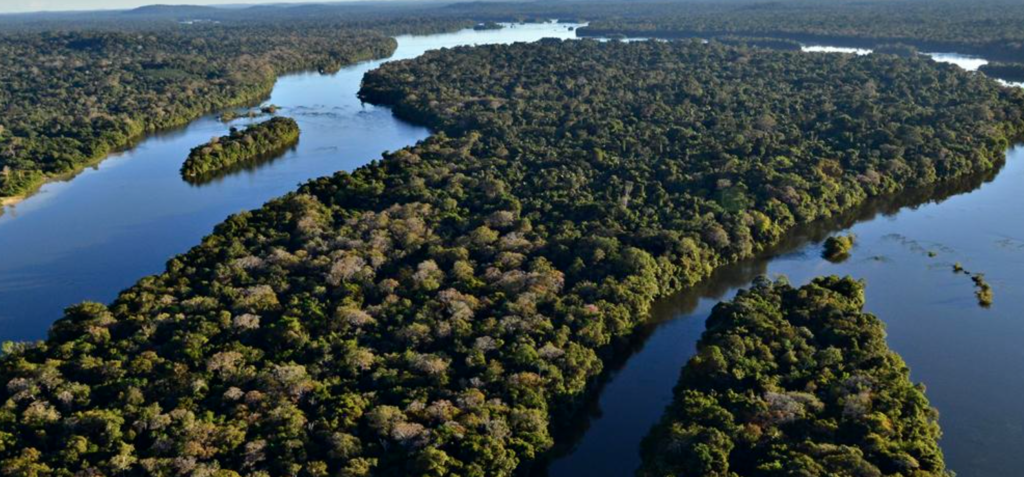
Juruena National Park
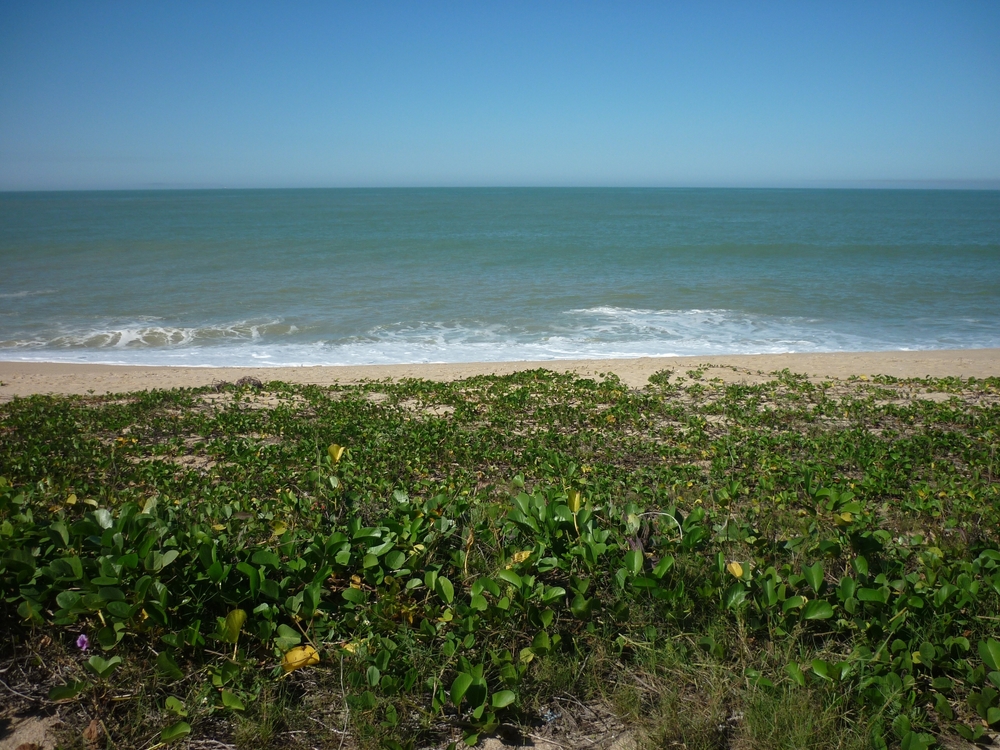
Restinga de Jurubatiba National Park

Nascentes do Lago Jari National Park
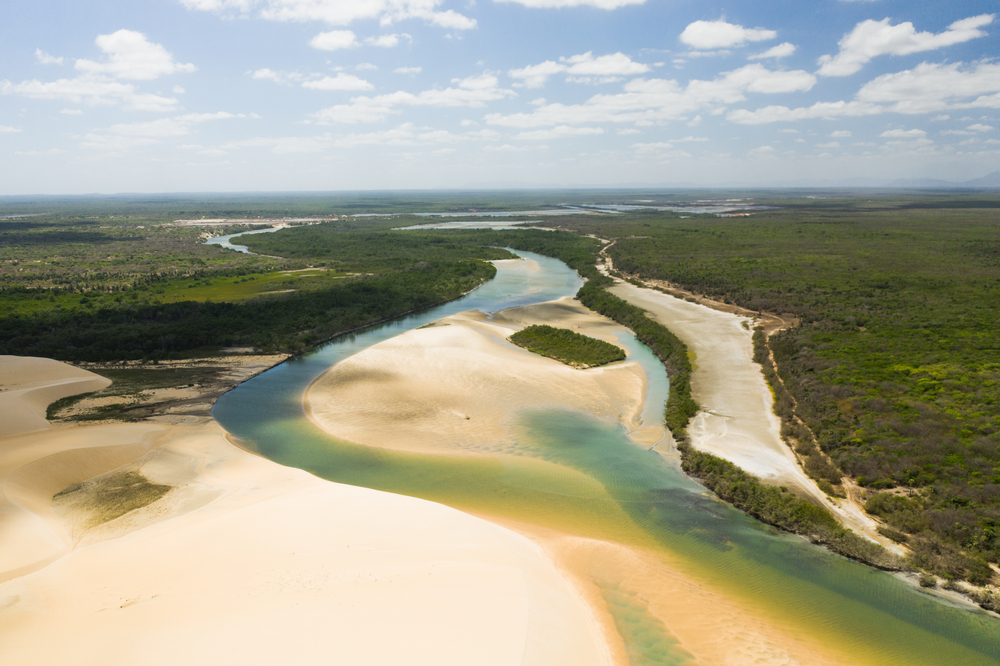
Nascentes do Rio Parnaiba National Park
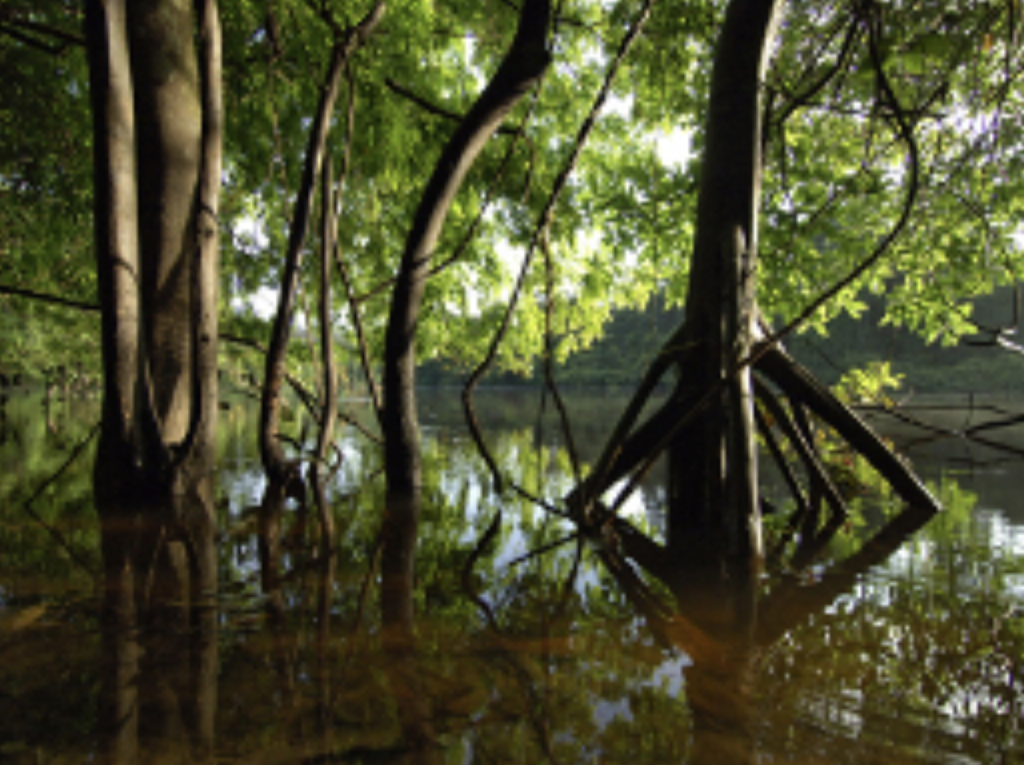
Montanhas do Tumucumaque National Park
